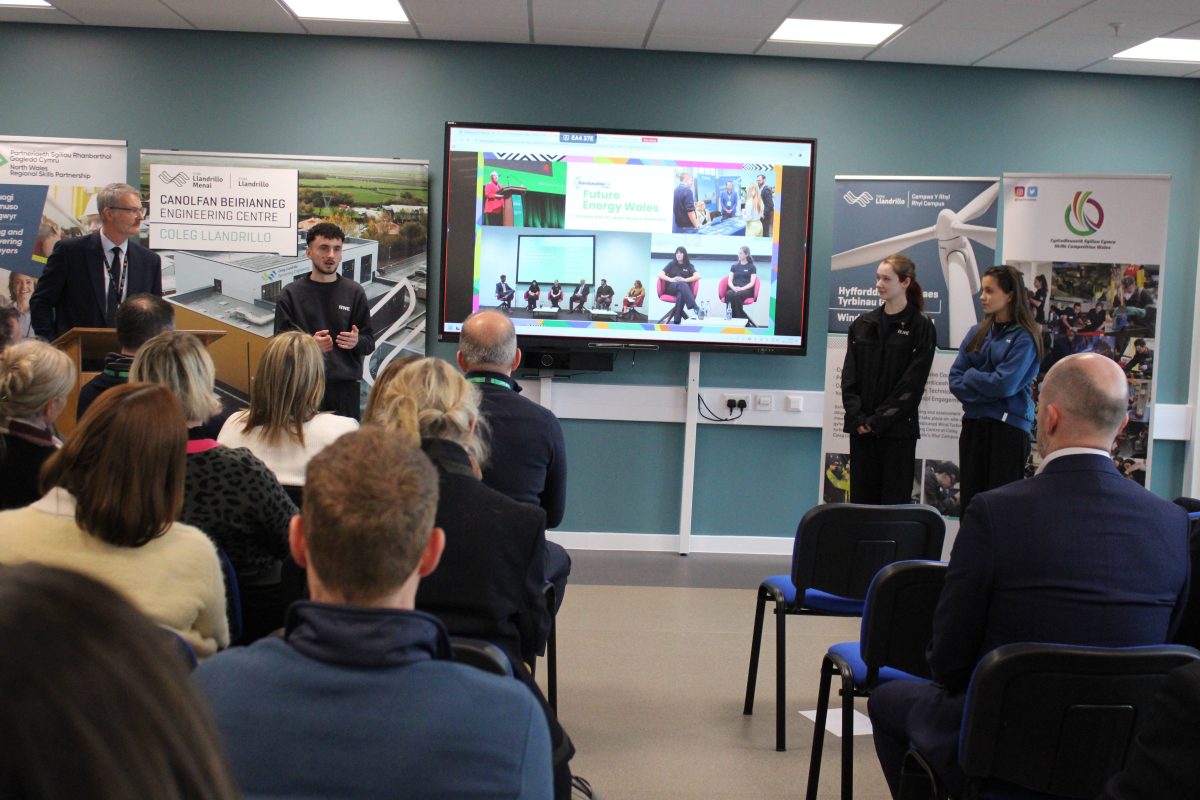How can EdTech bring the digital consumer experience to schools and Multi Academy trusts (MATs)?

Consumer experience experts map out customer journeys down to the minutest of details; from which patterns of behaviour should trigger notifications on apps to creating fully personalised dashboards and preferences. While the big tech giants have made this superior user experience the standard we expect in our day-to-day lives, it is far from the reality experienced by teachers and schools when it comes to EdTech.
In the last 18 months, we’ve seen technological advances that would have taken decades come about in months, with AI and the cloud changing the way schools operate, for both students and staff, for the better. Yet research has revealed that 44% of teachers and school leaders did not have apps for teachers to capture work and assessments, and only 39% had the capacity for parents to view student data in 2021.
With 122,000 students still absent from school for Covid-related reasons, blended learning is clearly still here to stay. To continue delivering this in a way that doesn’t negatively impact students and teachers, schools require an EdTech solution that takes a leaf out of the digital consumer experience book.
The need for education intelligence
During the pandemic, teachers spent significant time and energy looking for and extracting vital information, such as academic results, attendance and safeguarding notes. Without easy user access to extract insights from technology platforms, it’s difficult for teachers to step in at the point of need and successfully deliver blended learning. While many teachers created their own unique workarounds to ensure they could continue improving the life chances of every pupil, this isn’t a sustainable long-term solution.
Overwhelmingly, 90% of school leaders report data and analysis is a significant issue that impacts their workload. As the new academic year gets underway, there has never been a more critical time to provide teachers with an easy to use platform, similar to what they would experience outside the classroom as consumers.
However, the accelerated digital transformation is no silver bullet. There is still a lack of interoperability between technology in schools and MATs, and little standardisation across the country at large. This is the complete opposite to what we experience with consumer technology. With blended learning here to stay, we need a real focus on implementing effective, user-friendly EdTech to help navigate changes today and tomorrow.
Teachers can have the power
For long-term blended learning to be successful, teachers need to be empowered to teach by having intelligence in their hands rather than stuck in the school back office. As MATs continue to take on more schools and Academies in the coming years, this will only become even more essential, and need to reflect the successful digital technologies we can simply use from our phones.
Harnessing a single, secure, user-friendly cloud-based platform will streamline teachers’ admin tasks, saving time and removing the pain of keeping on top of internal messages and term-end reporting; empowering them to focus their time on improving the life chances of students.
In practice, easy access to an easy-to-use cloud-based dashboard would enable teachers to step in at the point of need. With integrated community-wide comms, teachers would have full visibility and be able to get the right information to the right people at the right time, and ensure both staff and parents can work seamlessly to improve pupil outcomes.
We are in an exciting era of disruption. As consumers, we are seeing innovations on a near daily basis that are designed to make technology seamless and easy to use. Schools and MATs need the same with intelligence put in the hands of teachers. Done right, EdTech can shape the culture of learning and give teachers the tools they need to successfully deliver blended learning. Ultimately improving the life chances of students.











Responses